Trap bar deadlift benefits and muscles worked in deadlift
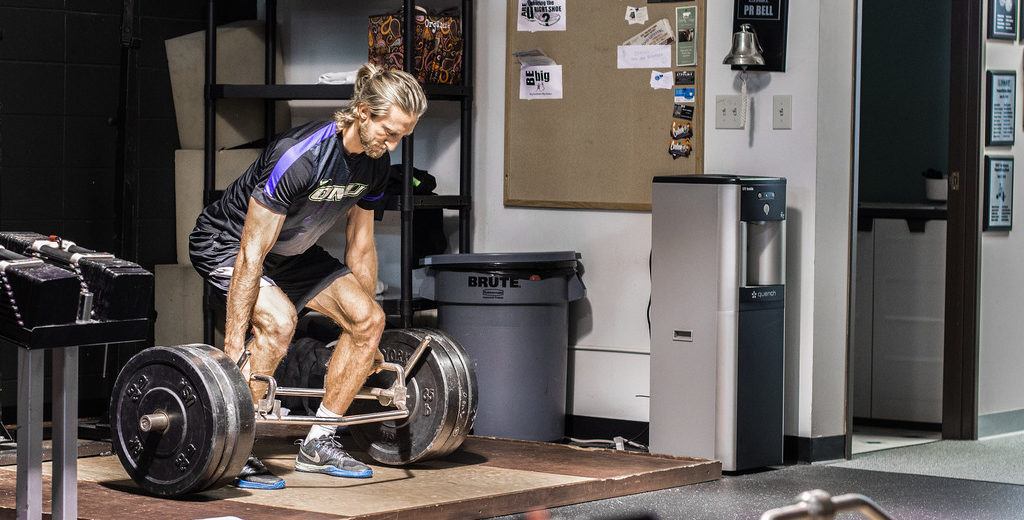
Trap bar is one of the most amazing equipment that you can find inside the gym. It includes a frame which is shaped in hexagon or diamond. Many gym enthusiasts would call this as one of the smartest innovation in gym equipment for the past fifty years.
Hex bar or Trap bar was patented by Al Gerard in 1985. Al Gerard is a weight lifter in North Carolina and he got tired of the usual straight weight lifting bars that he uses in the local gym. According to him, this equipment scraped his body and hurts some of his body parts whenever he uses it.
He began his modification of his equipment by putting a frame in a trap bar. He has found out that he can stand while deadlifting and not hurt his back.Today, trap bars are used in almost all gyms in the world because of the benefits it gives. It offers a full body strength exercise and muscle build-up.
Many people are now encouraged to go to the gym because of the need to be strong and healthy. In addition, working out boosts each individual level of happiness. It also reduces the risk of heart disease, be able to sleep better and increase the energy level. Hitting the gym would also make a person enhance his memory and perform best at work and at school. Above all, this will also help you gain self-confidence and live longer.
Now, let us check some of the benefits of using trap bars deadlifts in the gym:
Benefits of using Trap bar deadlifts
Less pain in the spine/ back
Weightlifting aficionado would oftentimes mention that straight bar deadlift and barbell squat cause painful stress on the spine or at the back when constantly done in the gym.
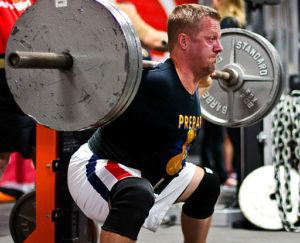
These exercises rely on the back to support, move the equipment, and perform the activities.With this, your spine would always suffer in the end. The weights are limited to the capability of your legs, core, and back.With the trap bar deadlift, you can be able to step inside the bar and not behind it.
This will allow you to minimize the amount of force on your back since the long lever is shorter in the horizon of the trap bar. Thus, if you are experiencing back pains but would still love to lift some weights, you can switch instead to the use of trap bar deadlifts.
Build more power
Aside from the safety that the trap bar deadlifts offer, it is also a popular weightlifting equipment that can unleash the maximum power of the weightlifters. In a research done, it has been found out that great force, power, and velocity are released using trap bar in comparison with other equipment. The trap bar can make you lift more weight, faster lifting, and be able to travel in short distance.
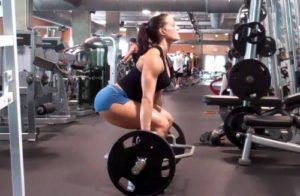
In addition, researchers discovered that the value of power exerted during trap bar deadlift is the same with those athletes weightlifting in the Olympics. This is the best equipment that coaches and weightlifters can use to gain maximum power yield and high benefit. Both women and men can use the trap bar deadlift. This is safe and you can exert less time and effort too.
Can be used by experts and even beginners
Beginners would find it difficult to deadlift especially with the use of a barbell or a straight bar. For the general public, deadlifting with a straight bar is a big challenge which requires lots of coaching and workout.
Thus, trap dead bar comes into the picture because it offers handy weightlifting to even to beginners or for those people who are new to weightlifting. It allows you to be on your upright position while lifting. It enables you to sit and squat with few technical prerequisite, in comparison to a standard straight bar.
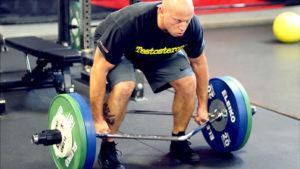
You can be able to bend your knees carefully and avoid scraping of the bar on some of your body parts. With proper guidance and coaching, beginners will be able to get used to weightlifting with the use of trap bars.
You can start by first, stepping inside the bar and putting your feet in equal distant between the two bar handles. Second, you need to hold firmly the handles so that it is aligned horizontally with your shin. Make sure as well to put your elbows slightly forward. Then, you need to squat with your hips down and in a low arch position. Next, gradually stand up, straighten your feet, and put your hips forward. Finally, keep your feet together and strengthen your core to be able to finish deadlifting.
Muscles used at trap bar deadlift
The above-mentioned are some of the benefits of the trap bar deadlifts. At this portion, we are going to discuss the muscles worked in trap bar deadlift. Orienting yourself with this muscles will enable you to take care of your body better and be inspired to work harder for the growth of some of your body parts.
Hamstrings
Hamstrings are a group of muscles that can be found behind our knees. It has three other muscles which are called semitendinosus, semimembranosus, and biceps femoris. These muscles work together to flex and bend your knees or strengthen your stance and your hips.
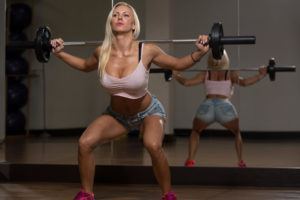
You can either do bent knees or straight leg deadlifts using the trap bars. Both exercises can build the hamstrings. If you have a strong hamstring, then you can be able to maintain your balance and perform all of the exercises inside the gym.
Quadriceps
Quadriceps or quad are groups of muscles that can be found in our thighs. It covers both the front and sides of the femur. It is also a great extension muscle which is used by our knees.
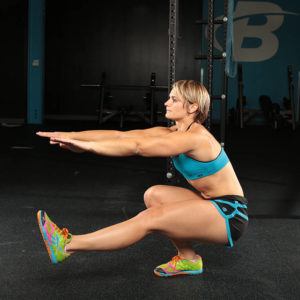
The quads are essential in walking, running, and any training such as jumping, squatting and leg pressing. The quadriceps help the knee extension during deadlifts. The quads are very powerful just like the glutes, thus it must be trained and maintained regularly.
Some of the best exercises for quad training are squats, leg press, sprint, dumbells, and straight leg raises. These exercises can be done in the gym or inside your house with the use or proper equipment.
Glutes (Gluteus maximus)
Glutes or gluteus maximus is a group of extension muscle at the hip. It is thick and fleshy and it forms the buttocks.
This group of muscle is very helpful in deadlifts. In particular, it can be an extension of the hip whenever the femur aligns with the body. It can help straighten the body’s position and support balance in lifting.
Some of the best exercises for training your glutes are squats, hip thrust, step up, kettle swing, and back extension.
Lower back muscles or Spinal Erectors
Erector spinae or spinal erectors are groups of muscles and tendons that can be found at the back of our body. Some of the exercises that can help improve lower back muscles are pull-up, rowing, squat, bridge, and deadlifts.
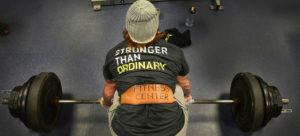
As you do deadlift, your body and lower back are supported by spinal erectors. These group of muscles shall prevent danger and from making you fall if you can’t lift the weight that you have. Furthermore, the lower back muscles protect the spinal cords from damage and accidents.
Trapezius muscle or middle back muscle
The trapezius is the group of muscles that can be found on the blade of the shoulders or the scapula. These muscles are made to support the arm during strenuous activities.
In addition, the trapezius is an important muscle during deadlifts and it grows when used constantly. It works as an anti-protraction and anti-depression during trap bar weightlifting. This can keep the scapula or the shoulder blades in a draw position.
It must be noted also that the middle and upper trapezius are the ones that can receive the majority of the stimulus. Trapezius works just like the farmer’s walk during the deadlift. You pack your shoulders, grip hard on the weights, straighten your back, tuck your chin, and keep your body flat.
Forearm flexors
The forearm flexors or the muscles of the anterior forearm are the ones responsible for gripping the trap bar deadlifts. This exercise can be able to build stronger grip strength on any activity that you have.
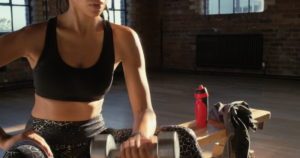
Some of the exercises that can enhance forearm flexors are different variations of the forearm curls. These can be easily researched and revised too, depending on what suits you best.
At this portion, let us now discuss some of the tips to do the trap bar deadlift safely and effectively:
Tips for effective and safe trap bar deadlift
Squat properly
The first tip that beginners and even professional weightlifters must do is to squat properly. Lifters can be able to stay in an upright and erect position with the use of a trap bar, unlike other conventional gym equipment. To squat properly, the lifter must be able to distribute its weight on the hips, the hamstrings, upper back, and quads. With this, the body can be able to support too increased flexion on the knees and the torso.
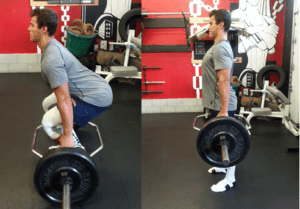
When positioning for the lift, the lifters must bend their knees slightly, a little like squatting, and the hips must bend slightly back and up. These can make the lift tight and compact, and this will allow a vertical torso in the entire exercise.
Build tension in the core
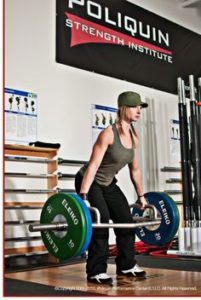
In all other lifts, the core and the back must be strong. Fill the abs, the lower back, and the side of the body with a strong force to help you protect the spine and help keep the body in place. When lifting, think about bracing hard and keep your body aligned. Make sure as well to keep your balance. Distribute your weight evenly on your legs too. A hard body core is a key to perfect weightlifting experience.
So now that we have tackled what is a trap bar, its benefits, and muscles involved in the activity; the big question now is, what equipment will you use in your next workout?
Trap bar versus straight bar
The biggest difference between straight bars and trap bars is that the latter allows you to bend your knees while you carry the load that you have in the proper body position. If you try lifting weights and bending your knees using a straight bar, you’ll put pressure on your back.
The straight bar allows you to lift in elbow position while the trap bar enables you to lift in both the elbow position or while bending your knees. If you are still practicing your flexibility, you can use the trap bar. However, you can use the trap bar if you think that you are now flexible. Taller lifters can also opt to use the trap bars since it has various handles too.
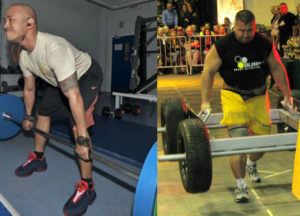
There are also different grip to use with the different bars. In trap bars, you need to have your shoulders in a neutral position and your hands facing one another. This will enable a strong handle on the equipment. On the other hand, straight bars will ask the lifters to use a double hand for hard grip. This grip will enable the lifters to handle the straight bars carefully and avoid it from slipping out of the hands.
There are different finish positions in each equipment. The trap bars’ finished position does not stay against the body. Meanwhile, the straight bars’ finished position is pulled tightly against the lifters’ upper thighs. Thus, the final position of the straight bar is more stable than the trap bar.
Lastly, with a straight bar, you can be able to let the bar pause briefly at the top against your body. Meanwhile, you cannot pause and have the bar against your body. With this, it will be harder for the trap bar to complete repetitions in comparison with a straight bar.
Conclusion
In sum, the straight bars and the trap bars offers almost the same benefits to the users. Both are widely used nowadays because it is conventional and easily available in the majority of the gyms.
Meanwhile, the trap bar deadlift is new to the eyes of beginners or gym goers, that’s why many people want to try it. Furthermore, it is one of the best exercises that you can try in the gym or in your house just like a straight bar. The above-mentioned benefits can work with different people, so make sure to ask help with a professional.
Trap bar deadlift also involves different parts of the body, so alway pay attention to your body signals so accidents and problems will be prevented. Lastly, being strong and healthy doesn’t happen overnight. It comes with a process and that process might take days, weeks, months, or years so make sure to have some patience.
